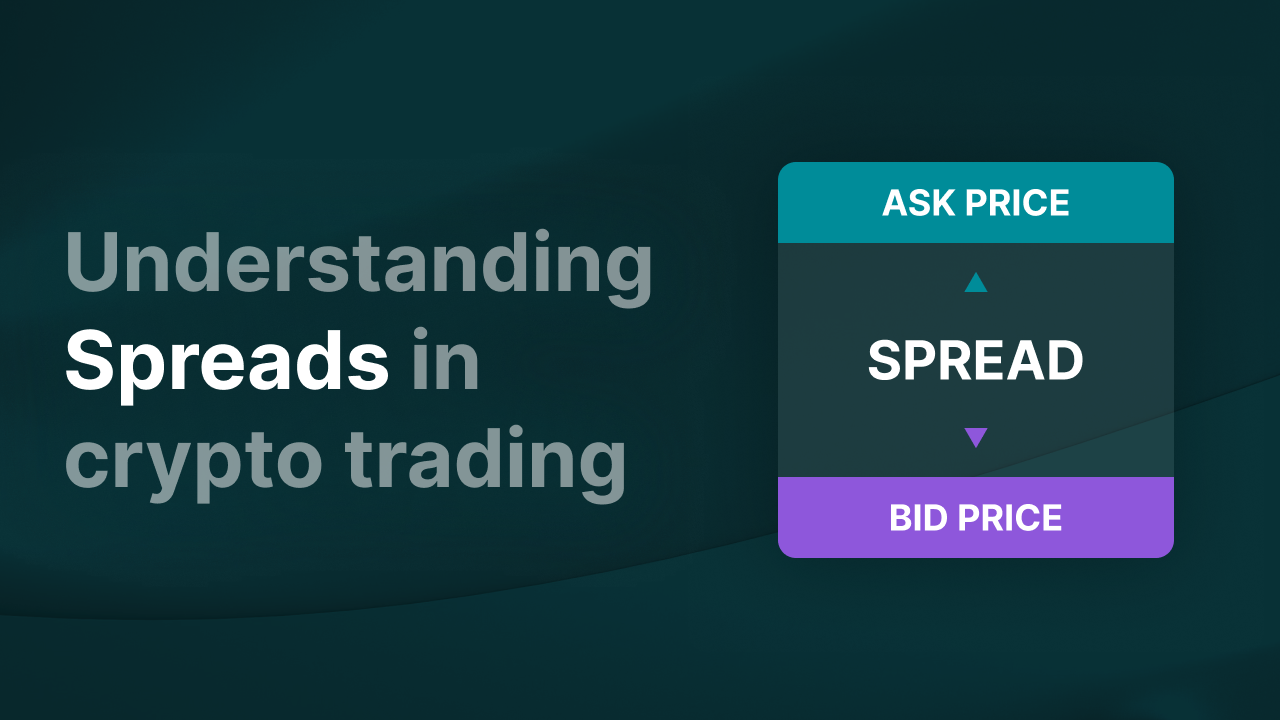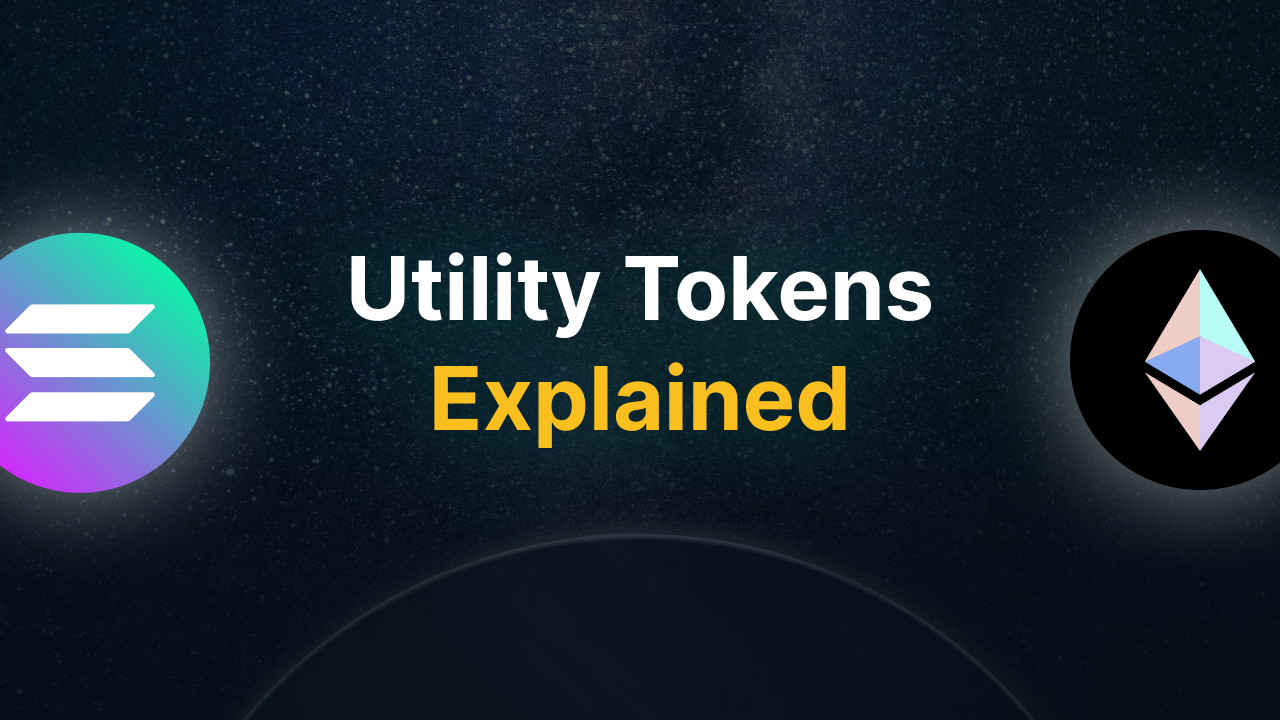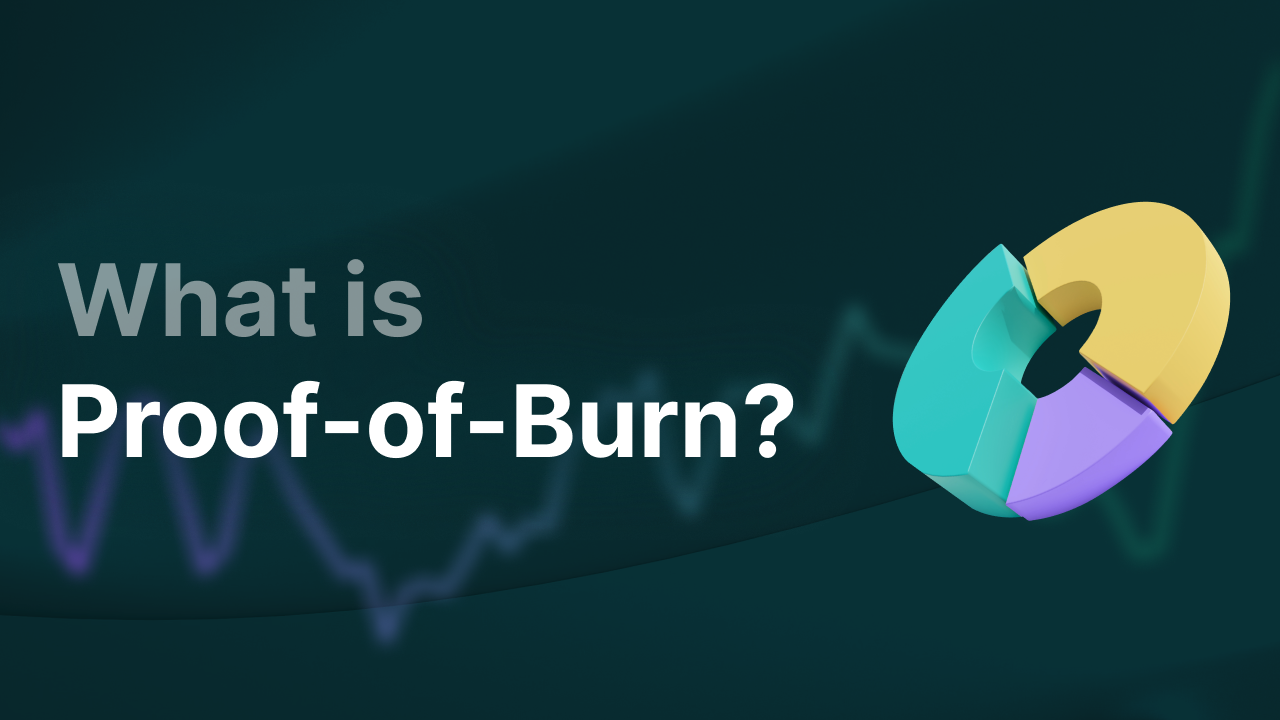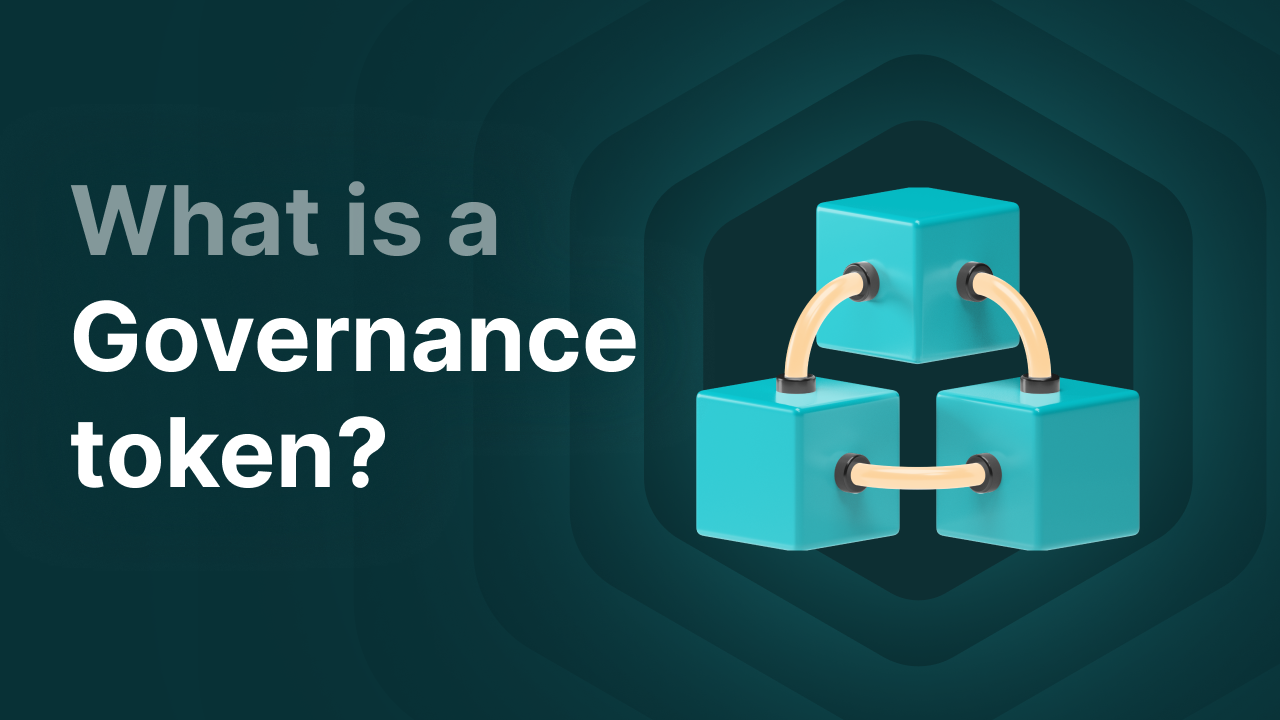Spreads in Crypto Trading: A Comprehensive Guide

What Is a Spread in Crypto Trading?
A spread in crypto trading is the difference between the bid price and the ask price of a cryptocurrency. The bid price is the highest amount a buyer is willing to pay for a crypto asset, while the ask price is the lowest amount a seller is willing to accept. The spread is the gap between the two, and it represents a key cost when placing a trade. It is a crucial factor for profitability in crypto and financial markets.
Example:
Let’s say you want to buy Bitcoin (BTC).
- The bid price (what buyers offer) is €29,950
- The ask price (what sellers ask) is €30,000
The difference is the spread:
€30,000 - €29,950 = €50
This means that at the moment of purchase, you're already "behind" €50 compared to the market price. If you were to buy and immediately sell your Bitcoin, you would lose €50 per Bitcoin just due to the spread. This does not yet include transaction fees.
Key Takeaways
- A spread in crypto trading is the difference between the bid price and ask price of a cryptocurrency and is a major cost when trading.
- Spread types include bid-ask spread, percentage spread, fixed spread, and variable spread which adjusts with market volatility.
- The smaller the spread, the lower your trading costs—especially important for active traders who buy and sell frequently.
- Spreads are influenced by factors like liquidity, volatility, exchange fees, macroeconomic events, and market maker activity.
- A wide spread may indicate low liquidity or turbulent markets, leading to higher entry costs and possible slippage.
- You can reduce spread costs by using limit orders, trading during peak hours, and selecting high-volume cryptocurrencies.
Types of Spreads in Crypto
-
Bid-ask spread: The most common type, showing the difference between the highest price a buyer is willing to pay and the lowest price a seller is willing to accept.
For example, if Bitcoin (BTC) has a bid price of €30,000 and an ask price of €30,050, the bid-ask spread is €50. -
Percentage spread: This expresses the spread as a percentage of the ask price. For example, if the spread for Ethereum is €10 and the ask price is €2,000, the percentage spread is (10/2000) * 100 = 0.5%.
-
Variable spread: This spread type fluctuates with market conditions. It tends to widen during high volatility and tighten during stable periods. It occurs on platforms using live market data, and is affected by supply, demand, liquidity, and volatility.
-
Fixed spread: On some platforms, the spread is predetermined and does not change based on market conditions. It's more predictable but can be higher than an average variable spread during calm markets.
How Spreads Affect Crypto Trading
Spreads play a key role in crypto trading and impact both your trading costs and strategy:
-
Trading costs: The spread is effectively the cost of entering and exiting a trade. A larger spread means higher trading expenses, which can reduce your profit. This is especially important for active traders or when opening a position.
-
Liquidity indicator: A narrow spread often indicates a highly liquid market with active trading, making it easier to buy or sell without drastically moving the price. Conversely, a wide spread may suggest low liquidity and high volatility.
-
Impact on order execution: The spread affects the price at which your order is executed. During volatile markets, the gap between bid and ask prices can grow, meaning you might buy slightly higher or sell lower than expected. This is known as slippage.
Factors That Influence Spreads in Crypto
Several elements can affect the size of spreads in the crypto market:
-
Market liquidity: More liquid markets with high trading volumes usually have tighter spreads. Major cryptocurrencies like Bitcoin and Ethereum tend to have smaller spreads compared to lesser-known altcoins.
-
Volatility (price movement): Rapid price changes usually lead to wider spreads. Traders increase the spread to manage the risk of sudden market moves.
-
Macroeconomic events: Decisions like interest rate changes by central banks can spark price swings, widening the spread.
-
Exchange fees: Exchanges have different fee models, which can affect spreads. Some exchanges include fees in the spread, while others list them separately. At Finst, we charge no spread and do not trade against our customers, meaning our interests are fully aligned with yours.
-
Market maker activity: Market makers provide liquidity by continuously buying and selling crypto, helping to keep spreads narrow. Their activity can strongly influence spreads on an exchange.
Strategies for Managing Spreads
If you want to trade smarter, it's essential to pay attention to spreads. Here are some helpful tips:
-
Choose the right exchange: Different exchanges offer different spreads based on liquidity, fee structure, and market maker activity. Research and choose one that offers competitive spreads for your preferred cryptocurrencies.
-
Check the order book: Before trading, look at the exchange’s order book. If buy and sell orders are close together, liquidity is high and spreads are tighter. If you see gaps or low volume around the current price, a wider spread and slippage are more likely.
-
Watch the market: Stay informed about market conditions. Spreads can widen during major news events or volatile periods. Avoid these times if you want to reduce costs.
-
Use limit orders: Limit orders let you set a specific price at which you want to buy or sell. This can help avoid wide spreads, as your order only executes at your desired price or better.
-
Trade during peak hours: Trading during high activity periods, like when both European and US markets are open, can result in tighter spreads due to increased liquidity.
-
Trade popular cryptocurrencies: Coins with high demand, like Bitcoin or Ethereum, tend to have tighter spreads, which helps lower your trading costs.
Final Thoughts
Understanding spreads in crypto trading is essential for any trader aiming to maximize profits and minimize costs. By being aware of the factors that influence spreads and using strategies to manage them, you can make smarter decisions and improve your overall trading results. Whether you're a beginner or an experienced trader, paying attention to spreads and adapting your strategy to market conditions will help you trade more efficiently in the often unpredictable world of crypto.




